Pennywort / Spring / Summer / Autumn / Winter / Edible
Pennywort is a perennial, flowering plant and is part of the Stonecrop family. It’s edible and is a great plant for beginners as it has few lookalikes
Common Names
Pennywort, Navelwort, Wall Pennywort, Penny Pies,
Botanical Name
Umbilicus rupestris
Scientific Classification
Kingdom – Plantae
Order – Saxifragales
Family – Crassulaceae
Physical Characteristics for Pennywort
Leaves
The leaves are deep green and are fleshy or succulent. Both common name Navelwort and the Latin name Umbilicus rather to the shape of the leaves, which are round and have a central depression like a belly button. They grow in rosettes and have slightly scalloped edges. Up to 8cm across. The leaves may turn reddish if they are in strong sunlight.
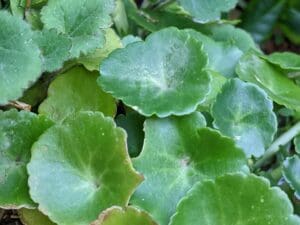
Flowers
The individual flowers are bell shaped, have 5 petals and are pale green to pink in colour. They grow on a spike that can be up to 25cm long. It normally flowers in May, June and July.
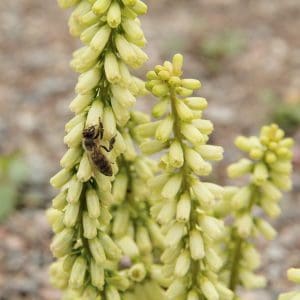
Habitat
It’s a common sight in damp, rocky places so stone walls, cliffs and sometimes at the base of trees.
Known Hazards
None Known
Could be Confused with
It would be difficult to confuse it with anything else. They have distinctive leaves and grow in rocky places.
Because of its name it has been confused with Marsh Pennywort (Hydrocotyle vulgaris) and Floating Pennywort. (Hydrocotyle ranunculoides). These two plants are unrelated to Wall Pennywort, look very different and grow in very different habitats.
Edible Uses
The leaves are tender and succulent and are lovely added to salads. They taste a bit like a salty cucumber. They get a bit slimy if you cook with them so I tend to just use them raw.
If I find any plants when I’m out walking, a few leaves is great to relieve your thirst and they can be found most of the year.
Notes on Herbal Uses
The plant’s juice is thought to be diuretic and anti-inflammatory, and may be drunk as a tonic for the liver and spleen.
In traditional herbal medicine it was used to treat lots of different ailments including inflammations, cuts, chilblains, skin infections, jaundice, tuberculosis, headaches, worms, fevers, liver complaints, and kidney and bladder stones.
If you peel the skin off the tops of the leaves, they provide instant relieve from burns and stings.
Extra notes from the Foragers
Be careful when you are harvesting the plant, its roots are quite shallow and if you’re not careful you’ll pull them up as you’re cutting the leaves. If this happens replant them and start a new colony.
References:
https://www.first-nature.com/flowers/umbilicus-rupestris.php



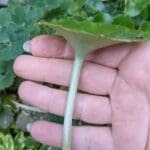
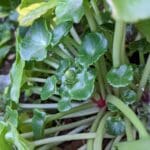
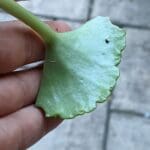
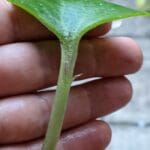
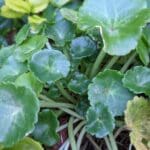
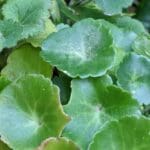



Leave a Reply
You must be logged in to post a comment.